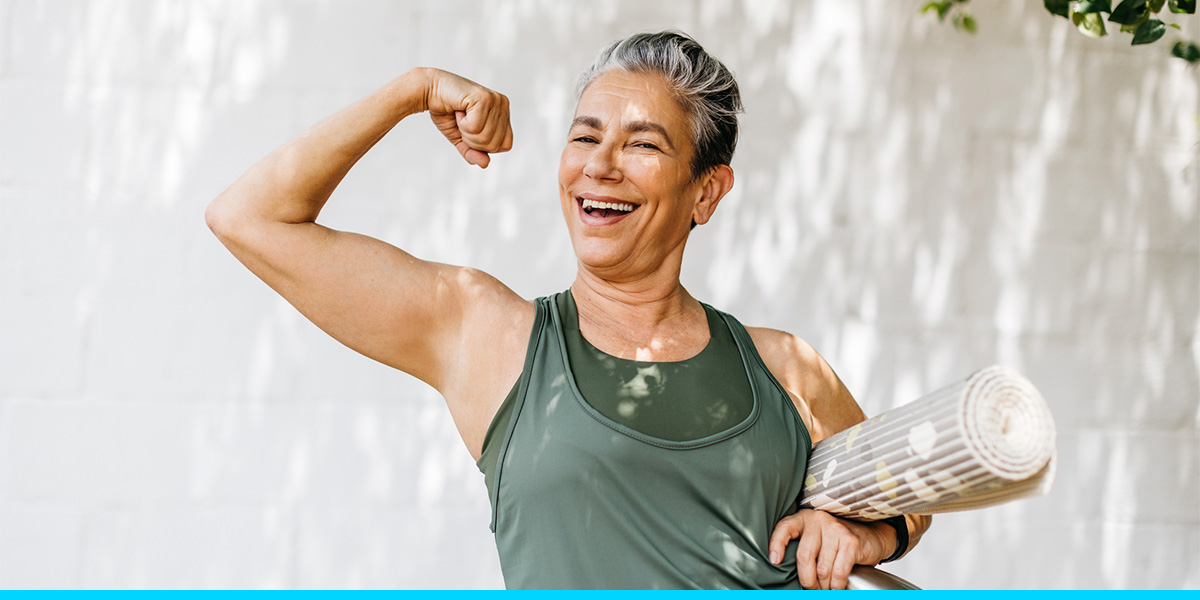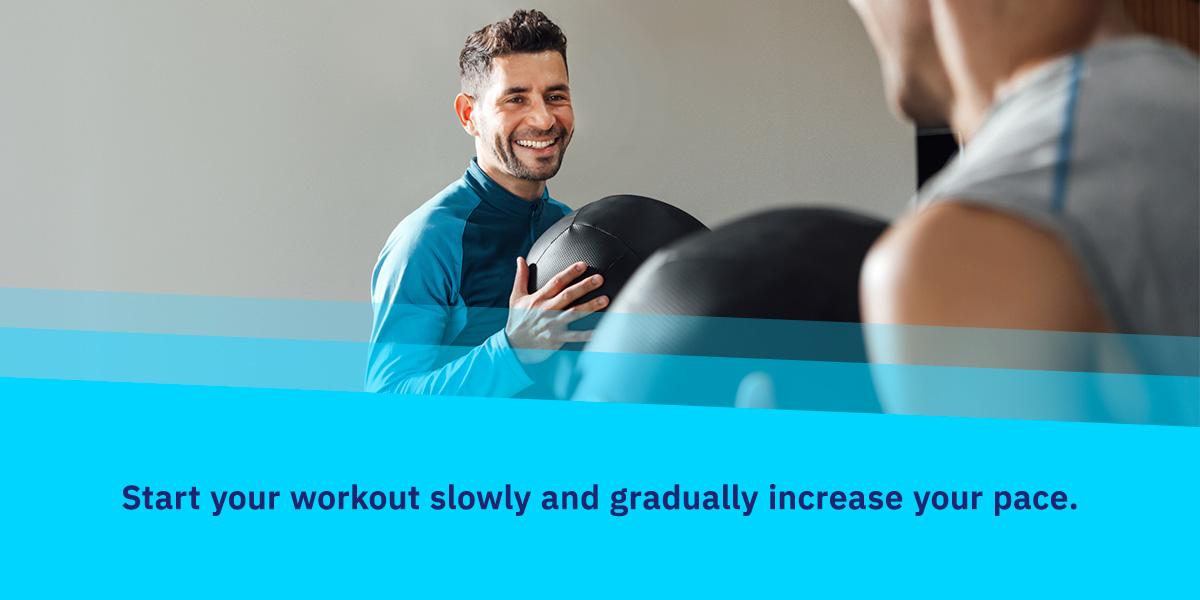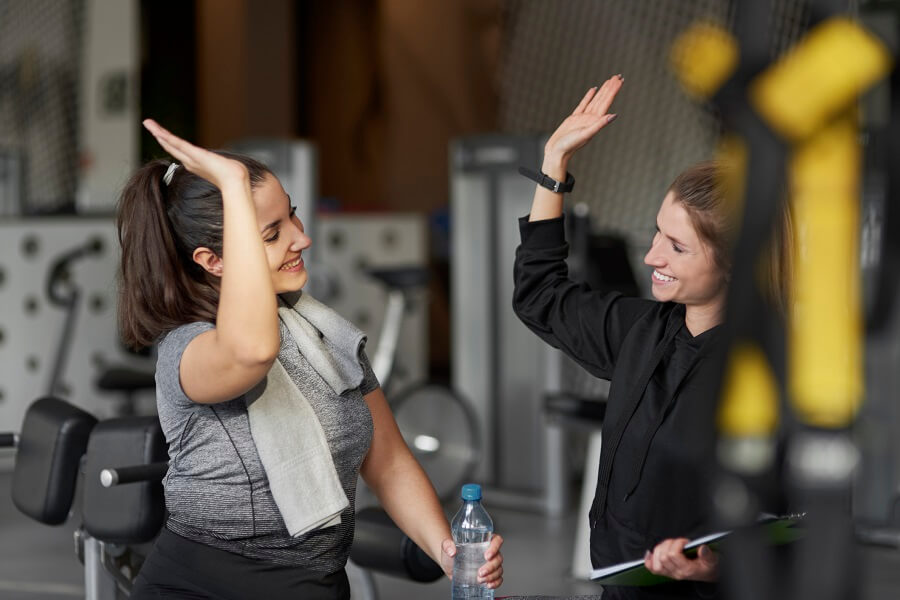How to Exercise Safely
How to Exercise Safely
Posted on: January 26, 2024 in SafetyYour favorite TikTok or YouTube workout videos might burn calories and get your heart pumping, but many instructors fail to mention the correct form when performing different moves. Workout safety involves paying close attention to your posture and technique to achieve the desired result while preventing injury. Neglecting safety when exercising can lead to adverse effects like joint pain, illness and long-term damage, which can be a setback in your fitness goals.
Before starting your workouts, you must know how to exercise safely and why safety matters in physical fitness.
The Importance of Workout Safety
Safe exercise matters because it can prevent physical injuries and medical health conditions. There are various risks in working out — while many are minor, you still want to avoid them. Safe exercise is also vital for maximizing your training program, supporting your body and improving your self-esteem. Here are some reasons to prioritize safety when exercising.
Accidents and Injuries
Anytime you exert your body, you can experience muscle injuries. Accidents like slips and falls happen daily, and doing fast, dynamic and unaccustomed movements without suitable precautions can increase your chances of accidents.
Health Conditions
People with health conditions like heart disease and asthma should take extra caution when working out. Improper exercise regimens can worsen these issues. Additionally, exercising requires more energy, leading to fatigue. Without appropriate preparation, you could overexert yourself, causing minor and severe medical problems.
Physical Limitations
Everyone’s body and fitness level are unique. What works for someone else might not work for you. If you are a workout novice or resuming exercise after a sedentary period, start slowly and ease into low-impact movements like walking instead of trying to run five miles right away. Additionally, you might need to modify your workouts to match your physical capabilities. Overexerting yourself can do more harm than good — stay in tune with your body, respect your abilities and ease up when needed.
How to Work out Safely
Here are 11 safety tips for exercise.
1. Protect Your Joints
You strain your joints daily with activities like moving boxes or unloading groceries. Weightlifting and higher-impact workouts can also overstress your joints. Protecting your joints when working out is essential for reducing long-term damage, which can lead to pain and limit movement. Try exercising on soft surfaces like a rubber mat, landing softly when jumping and practicing excellent form when lifting weights.
2. Wear Proper Footwear
Specialized footwear is essential when working out. Without the proper cushioning and support, the impact of activities like running and plyometrics can lead to joint pain. Gym shoes have padding to protect your feet and joints. Their flexible design accommodates dynamic movements, making you quicker and more agile.
3. Stay Hydrated
During workouts, you lose water, electrolytes and salt through sweat, making you fatigued and dehydrated. You must replenish lost fluids to stay energized through your routine and prevent adverse effects like low performance and energy levels. Drinking water is the best way to do this.
4. Don’t Neglect Your Warmup
Warmups prepare your body and muscles for physical activity. They elevate your heart rate, redirect blood flow to your muscles, raise your core body temperature and gradually increase your breathing rate, preparing your body for intense activity. Skipping your warmup can lead to cold muscles, inflammation and injuries.
5. Start Gradually
Start your workout slowly and gradually increase your pace. Coming off the starting block too early or rapidly increasing the intensity causes overexertion.
6. Declutter Your Workout Area
Weights, racks and other equipment around your workout area can obstruct your movements, increasing your risk of trips and falls. Mitigate accidents by finding a clean and comfortable spot to work out in. Declutter your space by putting weights away when you finish using them.
7. Avoid Overdoing It
If you are eager to rapidly increase your fitness level, it may seem like a good idea to work out multiple times a day or force yourself into advanced routines before you’re ready. However, these tactics can lead to overuse injuries and exhaustion. Your body and muscles need time to recover. Training too hard can be harmful, leading to longer recovery times.
8. Follow Equipment Instructions
Gym equipment signage is there to help you use machines effectively and safely. Ignoring these instructions can do more harm than good by making your workouts less effective. Ask a trained staff member to demonstrate how the equipment works if you’re unsure.
9. Lift Suitable Weight
It can be tempting to try to lift the heaviest weight in the gym — however, you can injure yourself without sufficient weightlifting experience. Lift weights according to your physical capabilities and experience level. When in doubt, start with lighter weights and fewer reps, gradually increasing the intensity as you build strength.
10. Listen to Your Body
Illnesses are often your body’s way of saying you need a break. Training through sickness can exacerbate your symptoms and strain your body excessively. It can also be dangerous for your heart and overall health.
11. Seek Professional Advice
Work with an experienced professional like a personal trainer who can teach you accurate workout techniques and form and guide your fitness journey.
7 of the Safest Exercises
Here are seven safe exercises to try for all fitness levels.
- Walking: Walking on the treadmill or an outdoor trail is low-impact and a great way to get your blood circulating and stay fit while protecting your joints.
- Planking: This bodyweight exercise requires minimal movement, strengthening your core and refining your form.
- Strength training: Movements like lunges, pushups and squats can raise your heart rate, burn calories, tone and strengthen your muscles without putting excessive force on your joints.
- Rowing: Though you use your upper body to push and pull, you row from a seated position, which has less impact on joints when done safely.
- Yoga: Yoga is ideal for all fitness levels, abilities and ages. Practicing basic poses will improve your strength, flexibility, balance, mobility and breath control.
- Swimming: Swimming is a low-impact, total-body resistance training exercise that elevates your heart rate and builds muscle in your arms, back and legs. Swimming can also be low-impact and therapeutic for people of all fitness abilities. Swimming also serves as a form of active recovery.
- Biking: Whether riding a mobile or stationary bike, biking improves balance and builds up leg muscles with minimal effects on your joints.
Exercise Safely at 5 Bridges Health & Fitness
Exercising can be rewarding and enjoyable when done safely. At 5 Bridges Health and Fitness, we understand the importance of exercise safety for preventing injury and ensuring a successful fitness journey. We offer high-quality amenities and a comfortable space for people of all fitness levels.
Our certified trainers will work with you to progress your workout program carefully and at a suitable pace, helping you prevent injury and stay on top of your game. They can teach you correct form and techniques to build your confidence and work out like a professional.
Sign up for a free trial today to see how we can guide you on your fitness journey.






